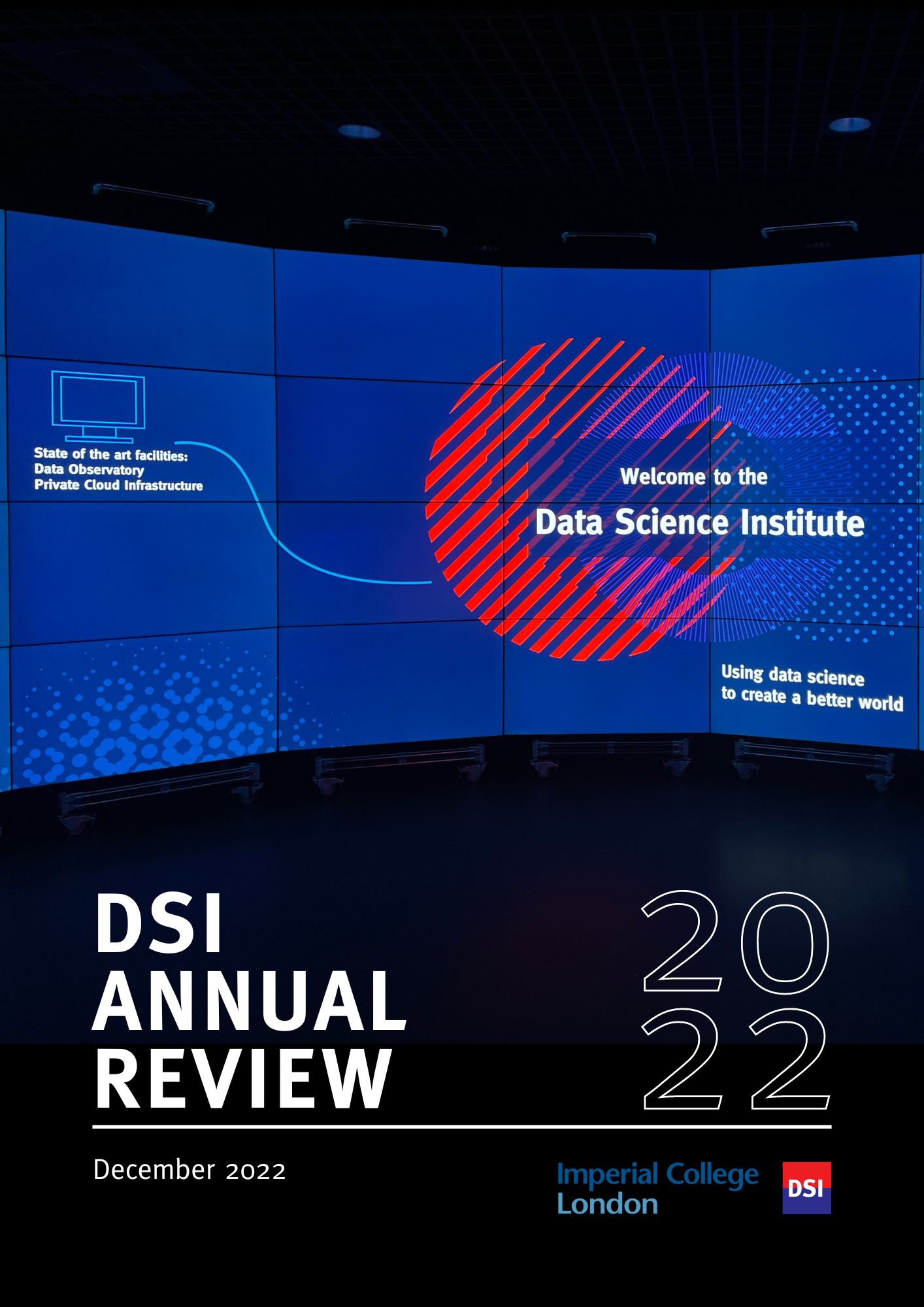BibTex format
@article{Hancock:2022:10.1016/j.neuroimage.2022.119433,
author = {Hancock, F and Cabral, J and Luppi, AI and Rosas, FE and Mediano, PAM and Dipasquale, O and Turkheimer, FE},
doi = {10.1016/j.neuroimage.2022.119433},
journal = {NeuroImage},
pages = {1--16},
title = {Metastability, fractal scaling, and synergistic information processing: what phase relationships reveal about intrinsic brain activity},
url = {http://dx.doi.org/10.1016/j.neuroimage.2022.119433},
volume = {259},
year = {2022}
}
RIS format (EndNote, RefMan)
TY - JOUR
AB - Dynamic functional connectivity (dFC) in resting-state fMRI holds promise to deliver candidate biomarkers for clinical applications. However, the reliability and interpretability of dFC metrics remain contested. Despite a myriad of methodologies and resulting measures, few studies have combined metrics derived from different conceptualizations of brain functioning within the same analysis - perhaps missing an opportunity for improved interpretability. Using a complexity-science approach, we assessed the reliability and interrelationships of a battery of phase-based dFC metrics including tools originating from dynamical systems, stochastic processes, and information dynamics approaches. Our analysis revealed novel relationships between these metrics, which allowed us to build a predictive model for integrated information using metrics from dynamical systems and information theory. Furthermore, global metastability - a metric reflecting simultaneous tendencies for coupling and decoupling - was found to be the most representative and stable metric in brain parcellations that included cerebellar regions. Additionally, spatiotemporal patterns of phase-locking were found to change in a slow, non-random, continuous manner over time. Taken together, our findings show that the majority of characteristics of resting-state fMRI dynamics reflect an interrelated dynamical and informational complexity profile, which is unique to each acquisition. This finding challenges the interpretation of results from cross-sectional designs for brain neuromarker discovery, suggesting that individual life-trajectories may be more informative than sample means.
AU - Hancock,F
AU - Cabral,J
AU - Luppi,AI
AU - Rosas,FE
AU - Mediano,PAM
AU - Dipasquale,O
AU - Turkheimer,FE
DO - 10.1016/j.neuroimage.2022.119433
EP - 16
PY - 2022///
SN - 1053-8119
SP - 1
TI - Metastability, fractal scaling, and synergistic information processing: what phase relationships reveal about intrinsic brain activity
T2 - NeuroImage
UR - http://dx.doi.org/10.1016/j.neuroimage.2022.119433
UR - https://www.ncbi.nlm.nih.gov/pubmed/35781077
UR - https://www.sciencedirect.com/science/article/pii/S105381192200550X?via%3Dihub
UR - http://hdl.handle.net/10044/1/102227
VL - 259
ER -

